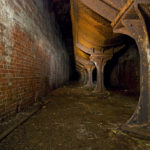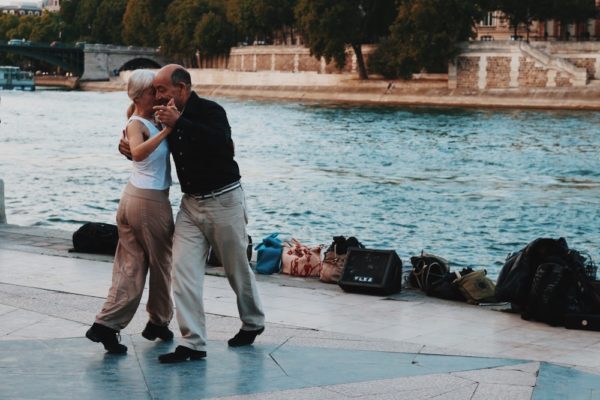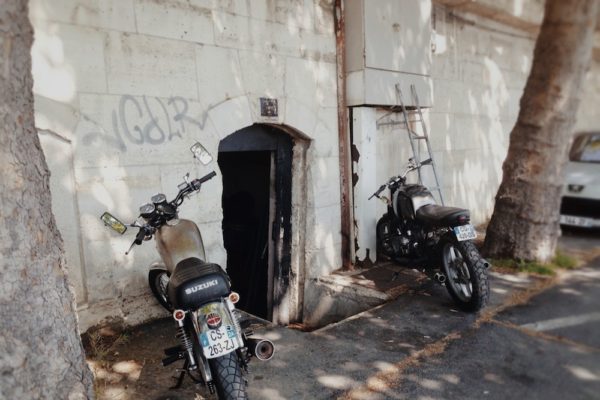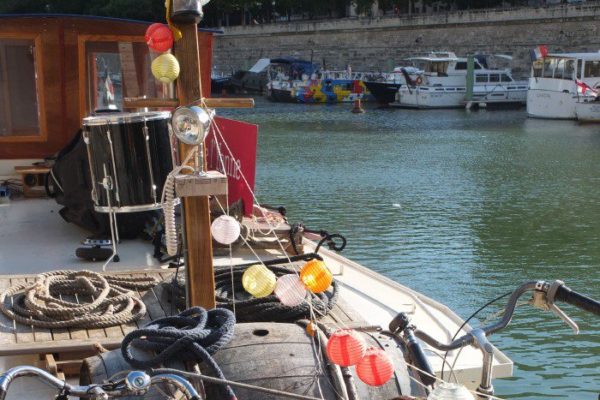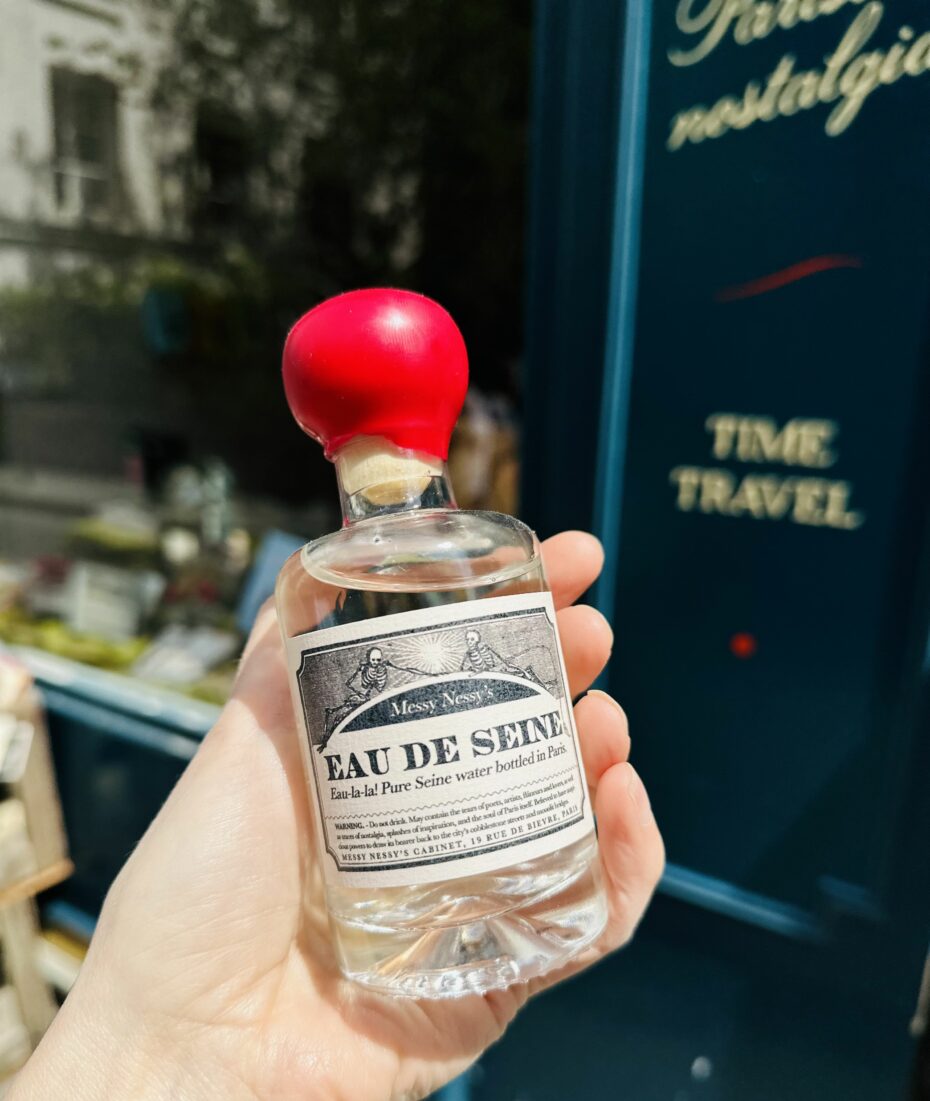
“The Seine is a great place to have a crisis, since it clearly embodies the strength and the uncertainty, the beauty and the challenge of Paris itself.” – James Baldwin
The Seine river flows through the heart of the northern region of France, including Paris, bringing life, business, and recreation to the city alongside an overflow of stories and events. It’s Paris’ ancient highway of activity with a fascinating history. It’s been the source of inspiration for so many artists, writers and poets. And so when I decided to open a shop a stone’s throw from the Seine, I thought about how to create my personal ode to the iconic river. And the idea for Eau de Seine was born!
View this post on Instagram
It seemed so simple and yet it hadn’t been done before. On a warm spring day, I headed down to the riverbanks with a pitcher and scooped up my first ever batch of Seine water. We filtered it a few times with a coffee filter (although mind you, it was surprisingly clear before we did that) and it certainly had no nefarious odour to it – but of course, it’s not for consumption! It’s a novelty for the good-humoured, a souvenir that’s packs a little more punch than a plastic Eiffel Tower and a curious bookshelf keepsake for the Paris dreamer. Come find it exclusively in store at Messy Nessy’s Cabinet in Paris.
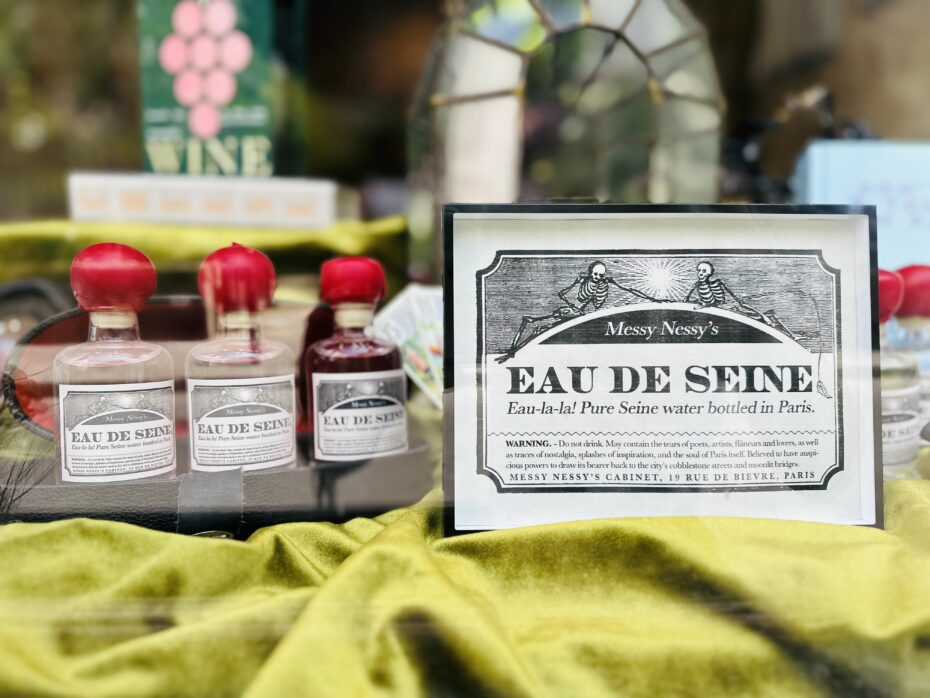
For the occasion, let’s take a virtual stroll along its bank and ogle at some of its most famous incidents. certainly the source of many people-watching spectacles
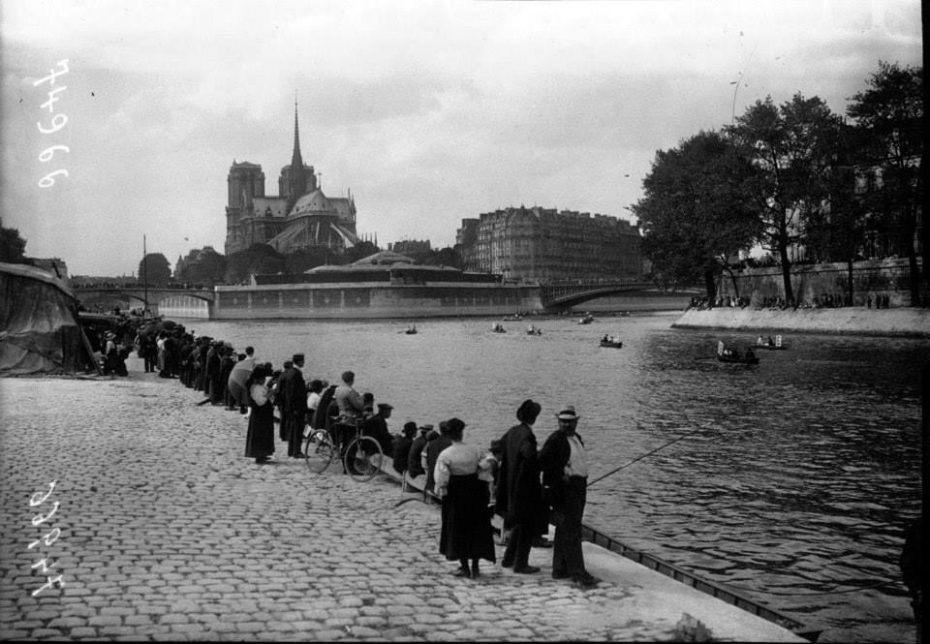
The Great Paris Swimming Race
“La Traversée de Paris” – the Paris open swim which in the early 1900s drew crowds to watch international swimmers in what was considered by spectators to be the front-crawl equivalent of cycling’s Tour de France, took place from 1905 to 1940. Competitors dove from a bridge and swam down river en masse.
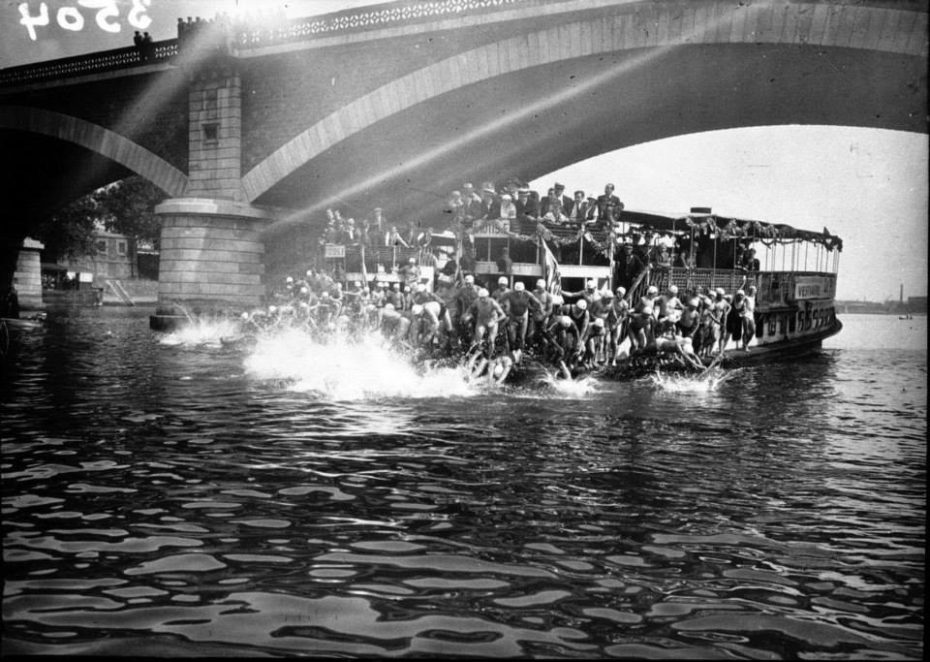
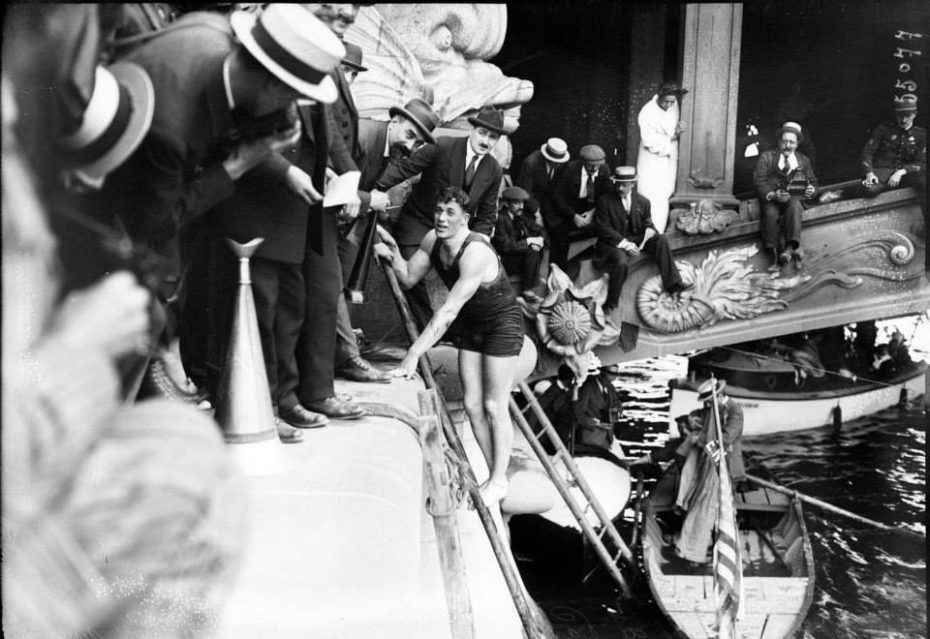
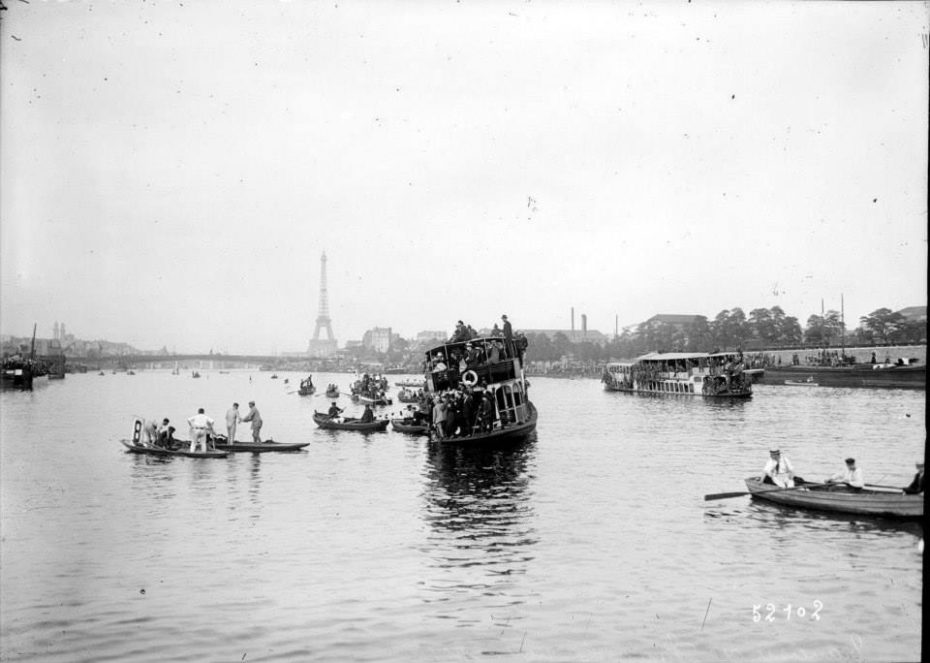
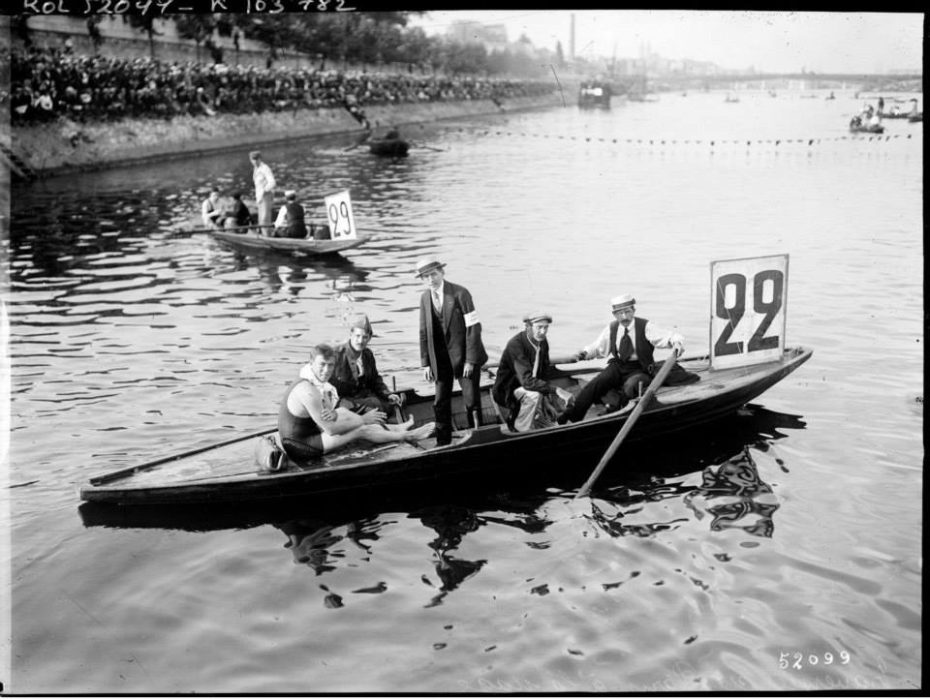

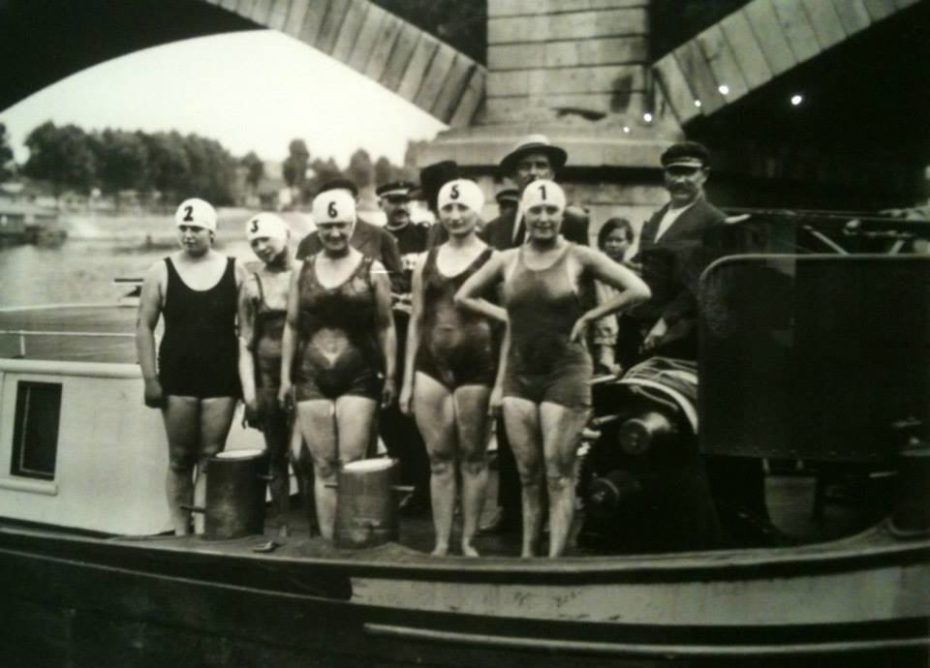
Despite then-mayor Jacques Chirac’s promise in 1988 that Parisians would soon be able to have regular dips in the Seine, swimming has been banned in the river for decades – because of currents, river traffic and water quality.
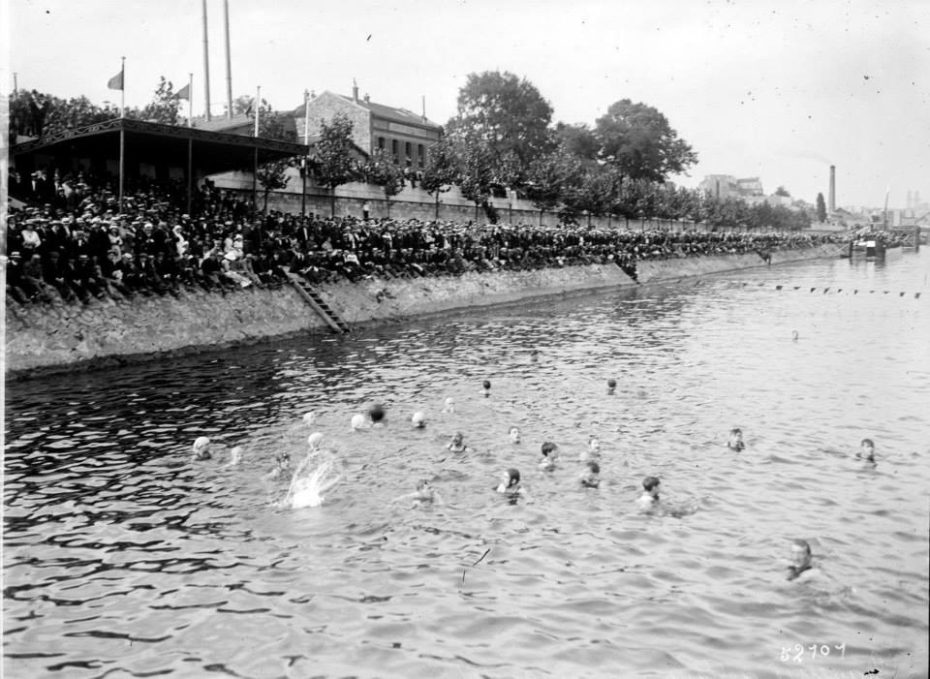
In 2012, the City tried to revive century-old swimming race tradition but fears over river transport and water quality almost saw the vent cancelled, but the race has not been repeated since. Today there are 33 varieties of fish in the river, as opposed to three in 1970 and police concede that the water in 1870 was 400 times more polluted than it is now.
When the Seine froze over (and caused total havoc)
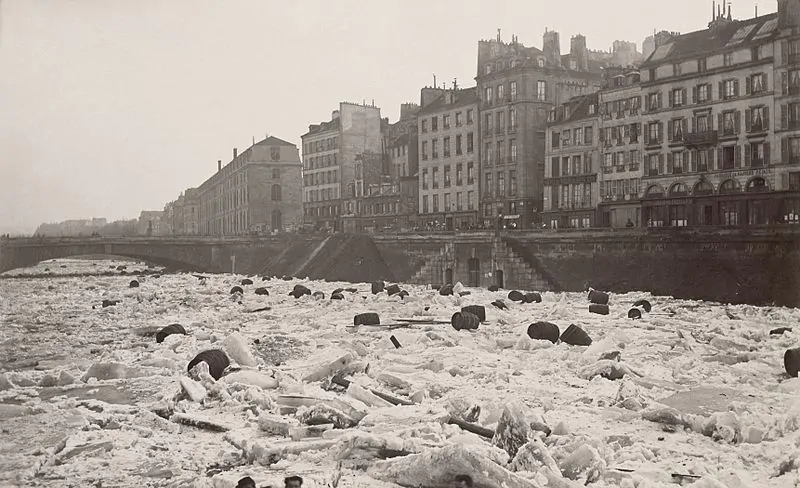
Looking back, the gloomy summer and poor harvests of 1789 foreshadowed the havoc ahead. Temperatures dropped to -24C (-11.2F), freezing the Seine overnight on December 10. The river remained rock-solid until January 1880, when pieces of ice began to break, causing accidents and sinking boats while floating swiftly downstream. People dynamited chunks of ice, trying to speed up thawing to no avail.
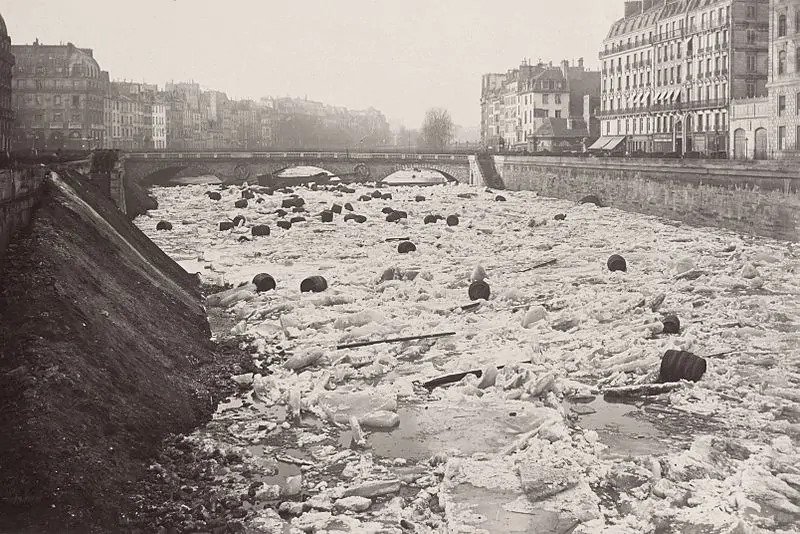
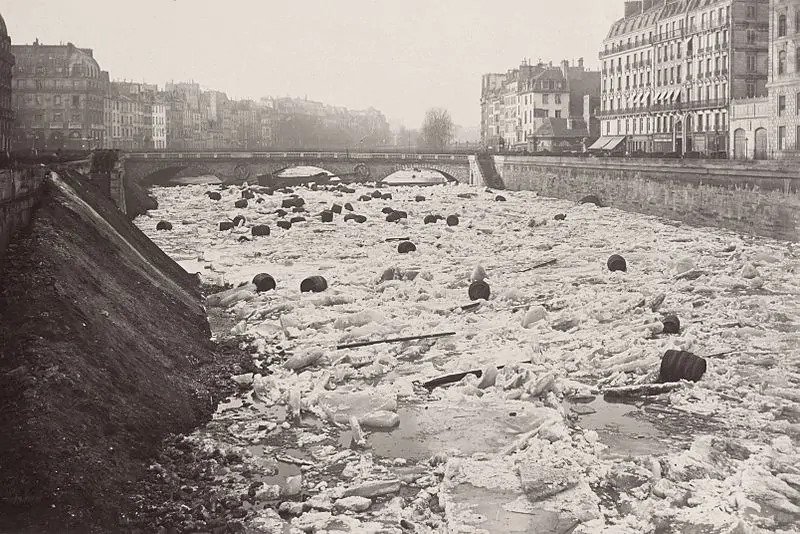
And of course, when it famously flooded the entire city
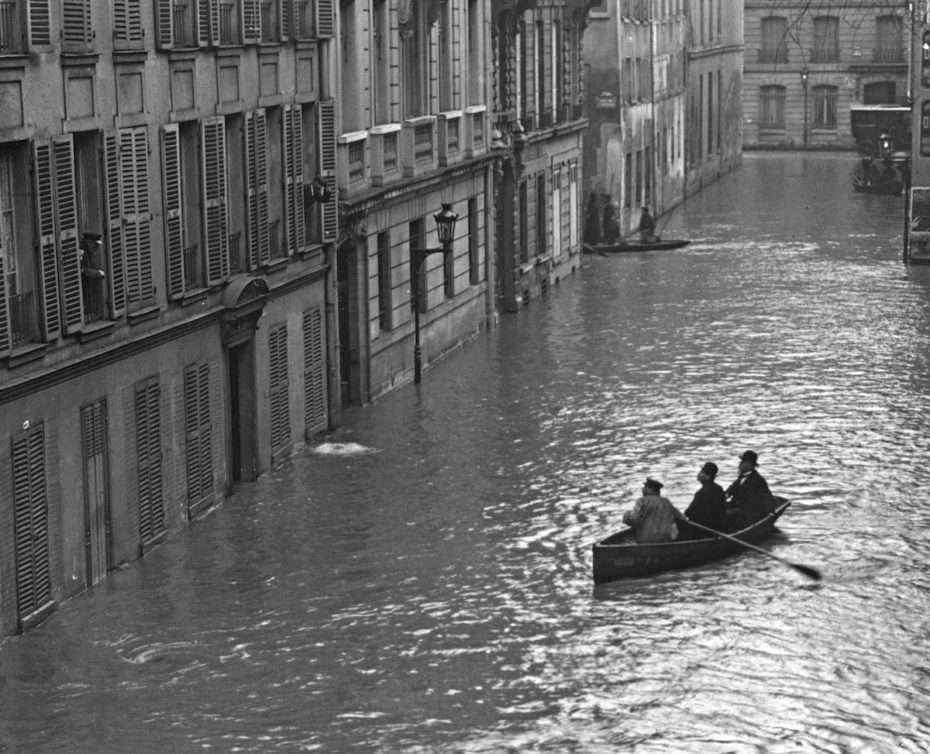
During the winter of 1909-1910, Paris experienced unusual rainfall saturating all ground and filling river beds. Parisians went on with their lives ignoring notices of the rains upriver until late January 1910, when the Seine rose eight meters above its ordinary level and flooded the city for nearly a week, filling it with debris. The water rushed through tunnels, sewers, and drains, causing damage to up to 400,000 francs or $1.5 billion in today’s money. An equivalent disaster today would cost up to $30 billion in damages to the city.
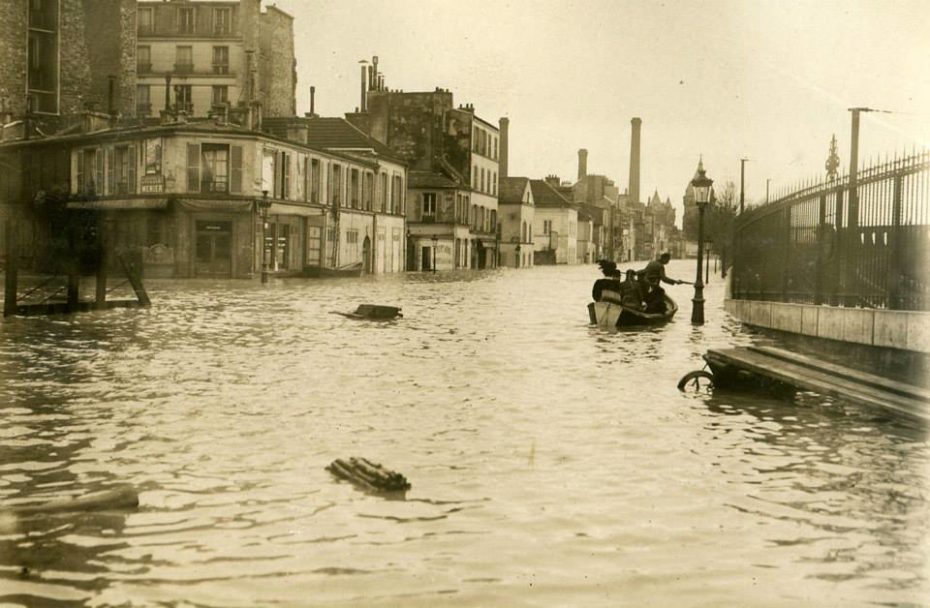
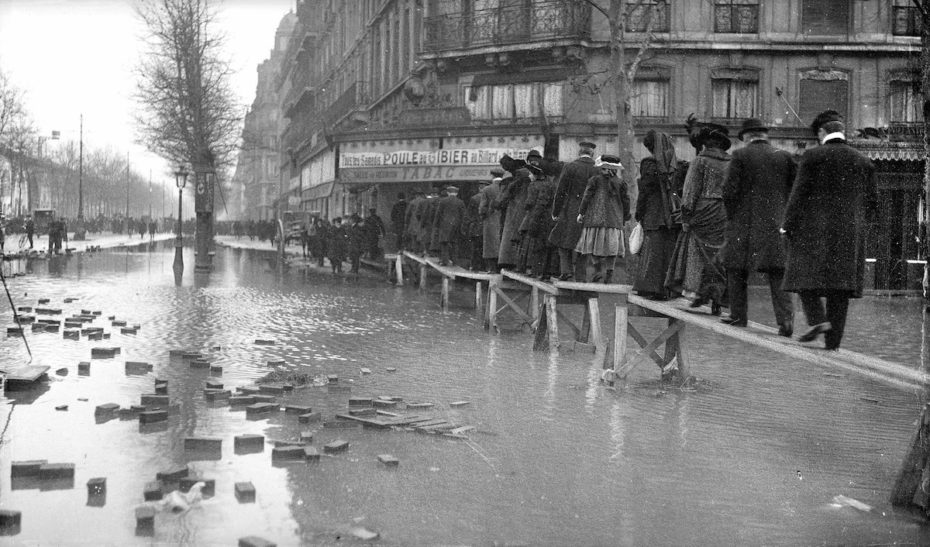
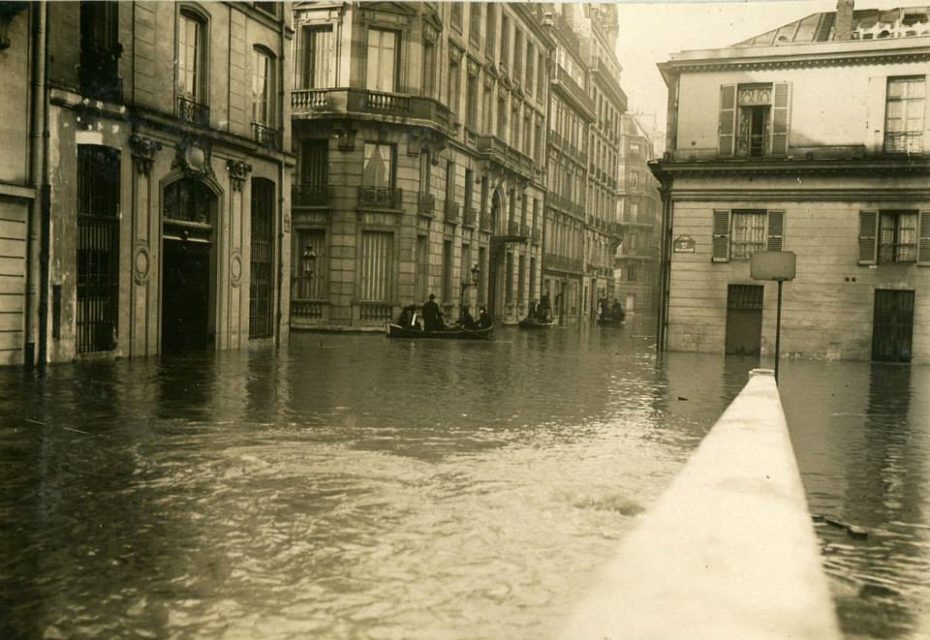
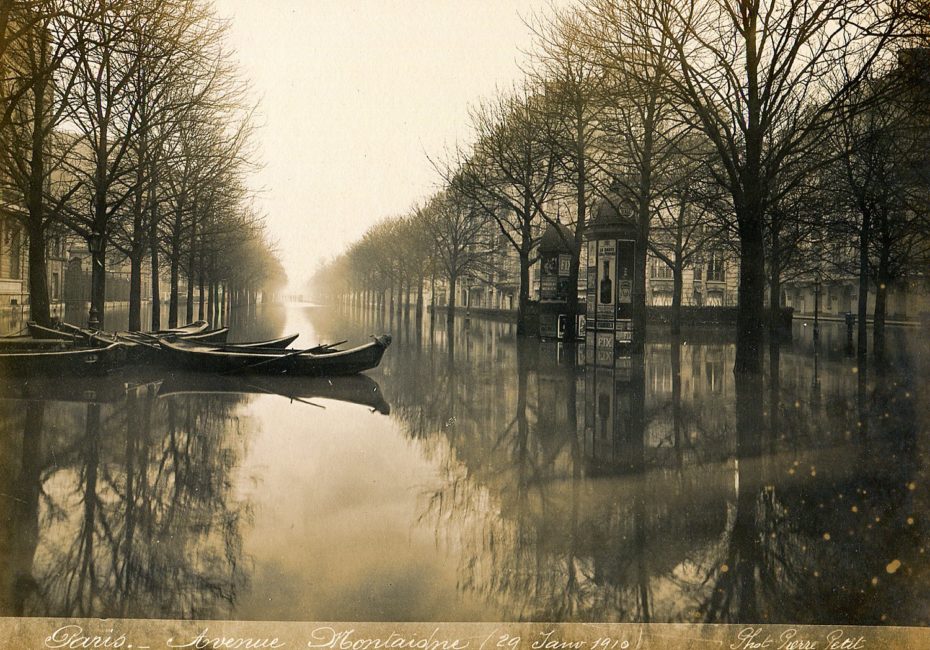
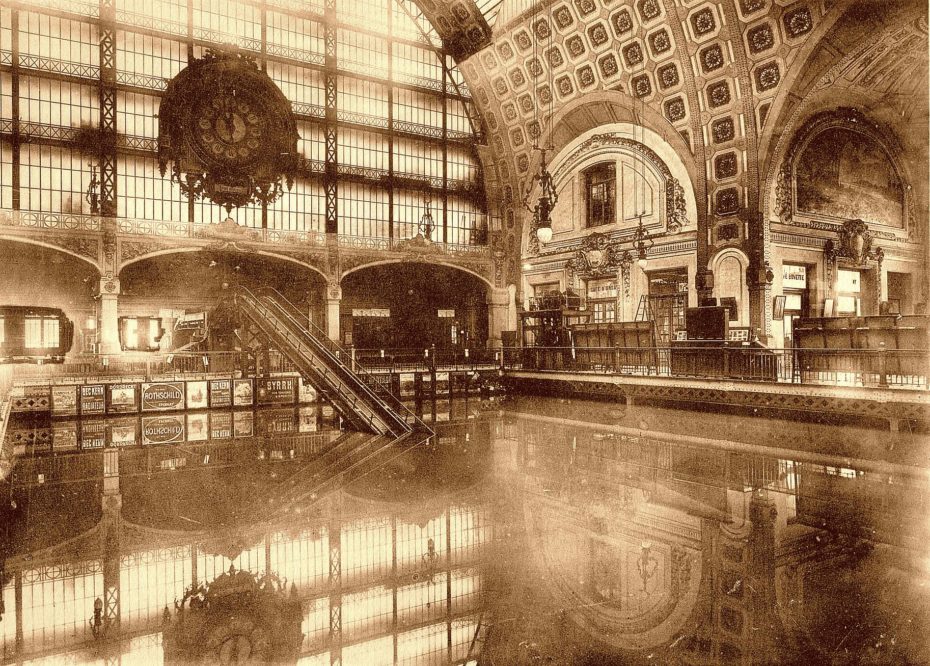
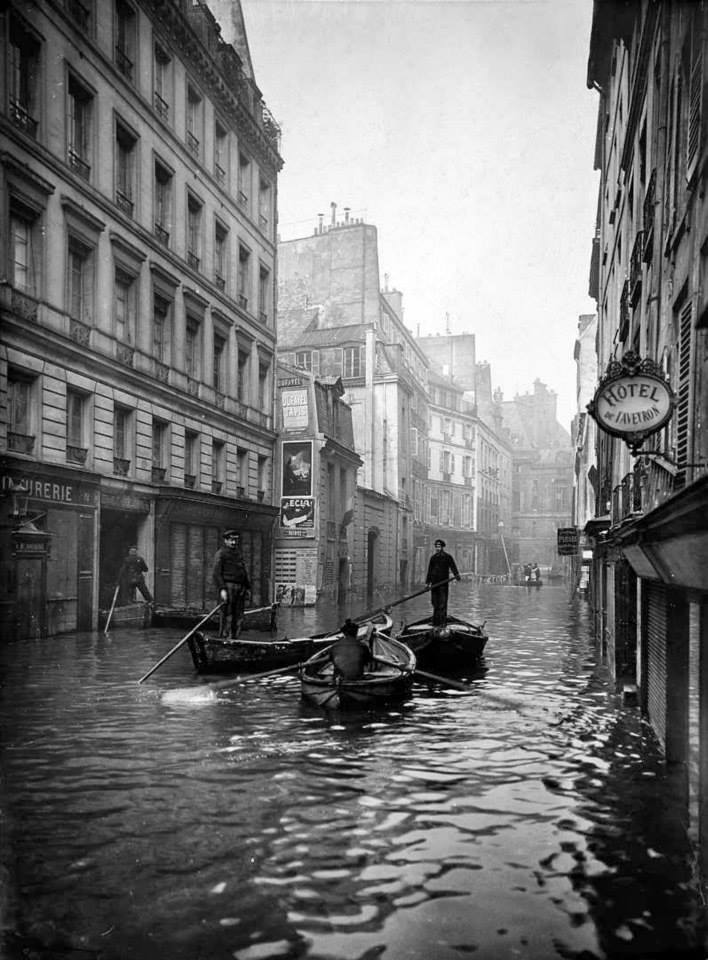
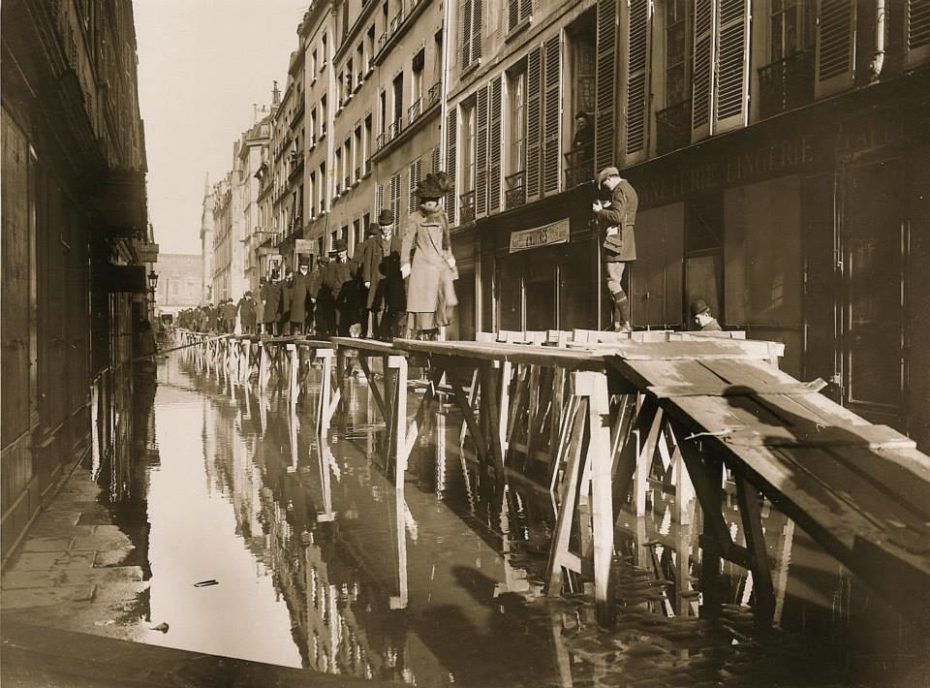
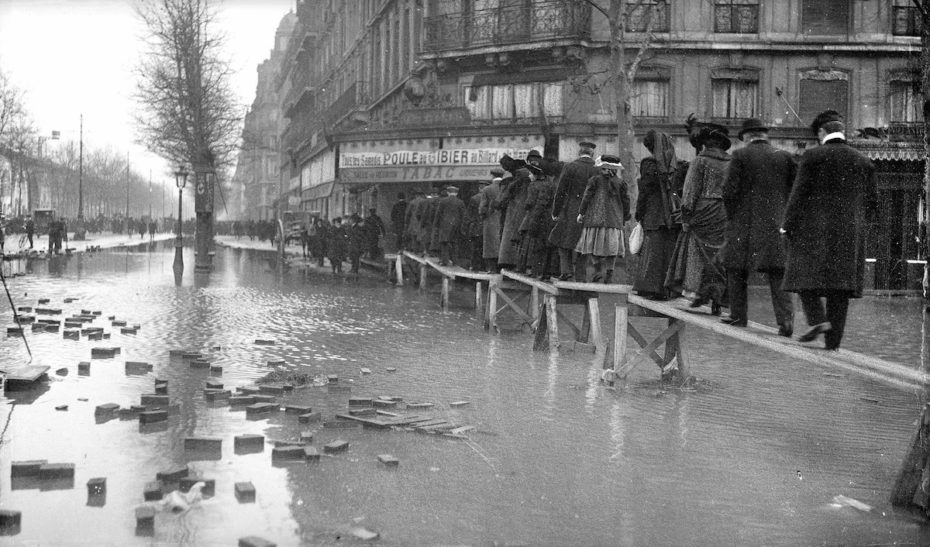
When buses fell into the Seine a century apart
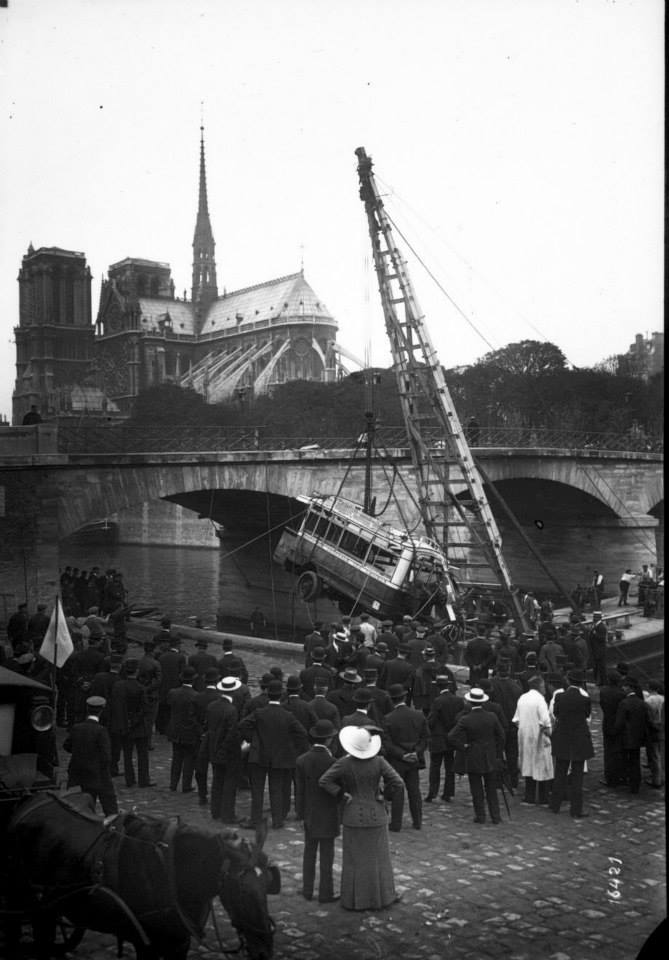
On September 27, 1911, the quietness of the Parisian afternoon was interrupted by the deadliest bus accident in Paris history. A bus carrying 30 passengers swerved violently to avoid another bus and fell into the Seine. Priest Abbé Richard swam seven times to rescue survivors alongside other boats. In the end, 11 people died. Jean-Pierre Jeunet immortalizes the accident in the movie “A Very Long Engagement,” where Audrey Tautou’s character Mathilde loses her parents due to this tragedy.
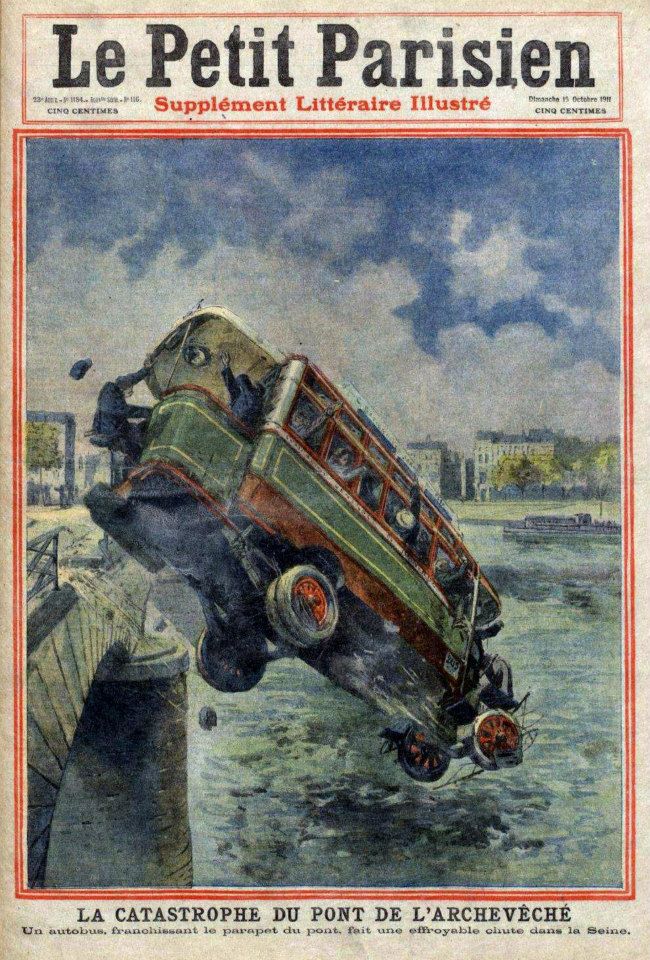
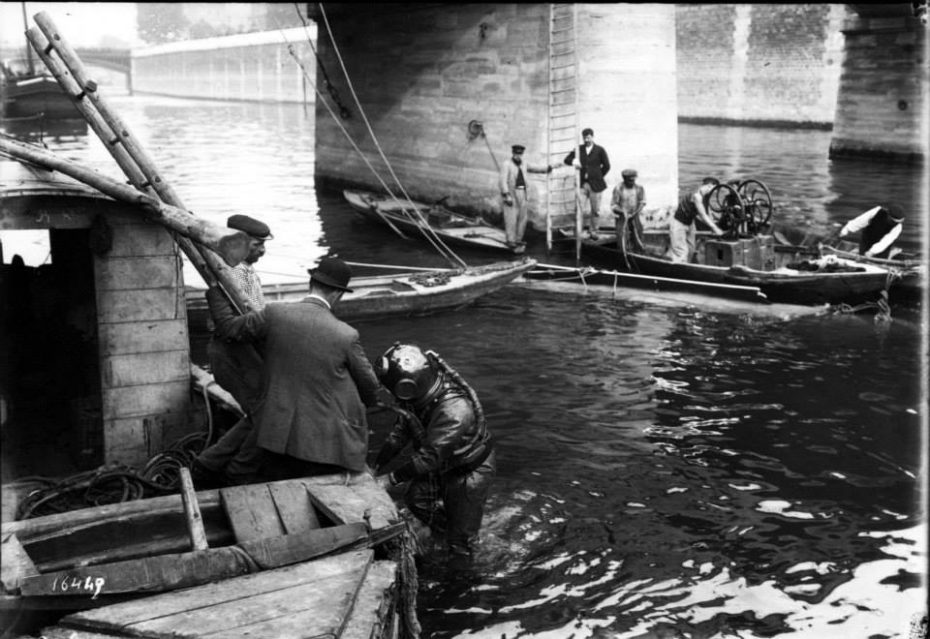
Almost a century later, in August 2010, history repeated itself when an Austrian bus fell into the water after sliding from a ramp. Luckily, the bus was empty this time, and no other boats were moored in the location.
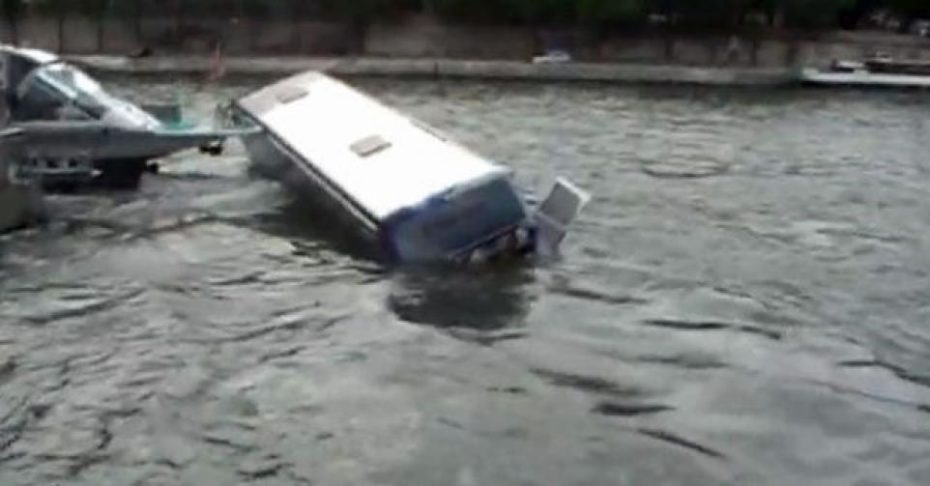
When a whale got stranded on the river bank
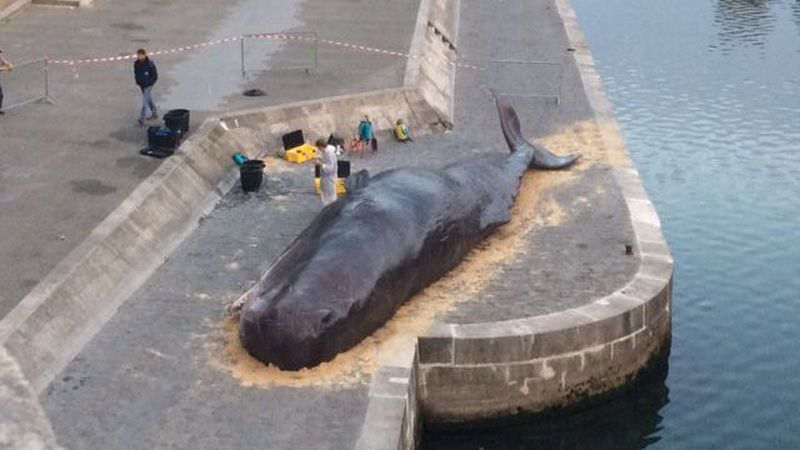
In 2017, notorious pranksters and art collective Captain Boomer captured the city’s attention when Parisians woke up to the surreal site of a sperm whale carcass stranded along the river bank near Notre Dame. The hyperrealistic fake whale carcass was a stunt to bring attention to the endangerment of whales worldwide and the attack on our environment.
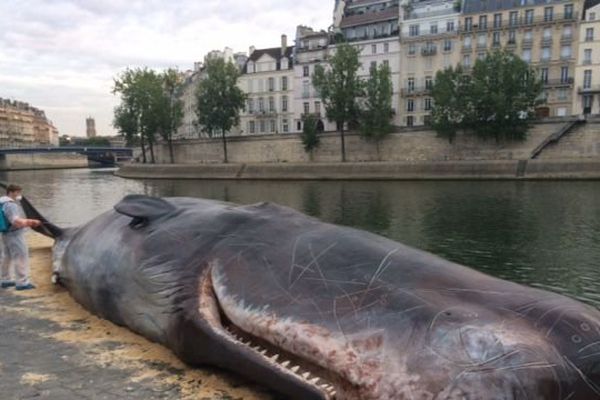
The river’s Jane Doe who became the most kissed woman on Earth
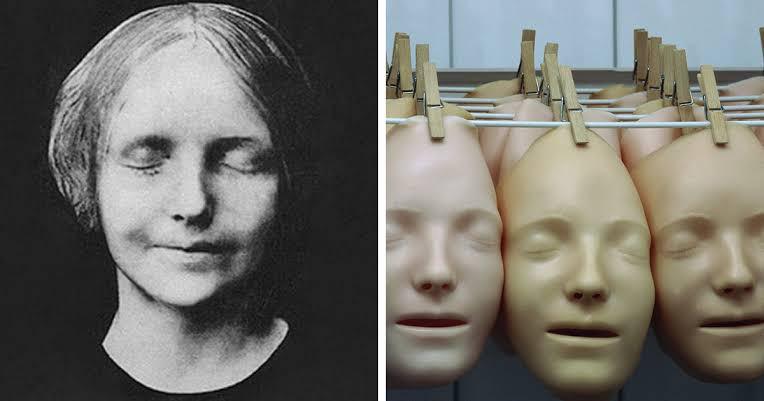
In the late 1880s, the body of a beautiful woman was pulled out from the Seine. Although her identity remains a mystery to this day, a pathologist was so smitten with her peaceful expression and beauty that he decided to immortalize it in a wax plaster cast of her face. The death mask was reproduced, became a fixture of artists’ homes in the 1900s, and inspired numerous works. The mask of “L’inconnue de la Seine” eventually became the standard face of the CPR mannequin, effectively making her the most kissed woman in the world.
When they sunk a tunnel to build a metro line
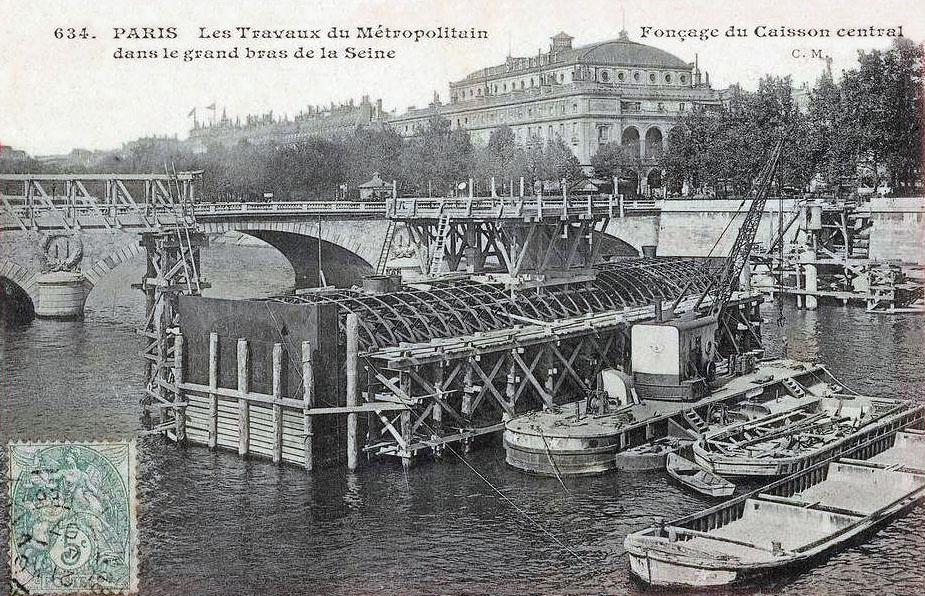
Paris in the Belle Epoque, what a fabulous time and place to have lived, right? Well, not so much. If you were living in Paris at the dawn of the 20th century, it probably would have felt more like a giant nightmarish construction site, mostly thanks to the construction of the metro.

In 1905 construction of the line 4 metro which became the first to cross the Seine underground. A spectacular construction site involved a number of giant metal “caissons”, twenty to forty meters in length mounted on the banks and sunken vertically in the river bed. A chamber filled with pressurised air was built at the lower level of these caissons so that workers could excavate under the caissons. Each one was gradually sank to its final position as the ground below it was removed. The crossing of the Seine also involved the freezing of saturated ground between the station of Saint-Michel and the Seine. The installation of two refrigeration plants allowed the movement of brine cooled to −25 °C in dozens of tubes to stabilize the ground.
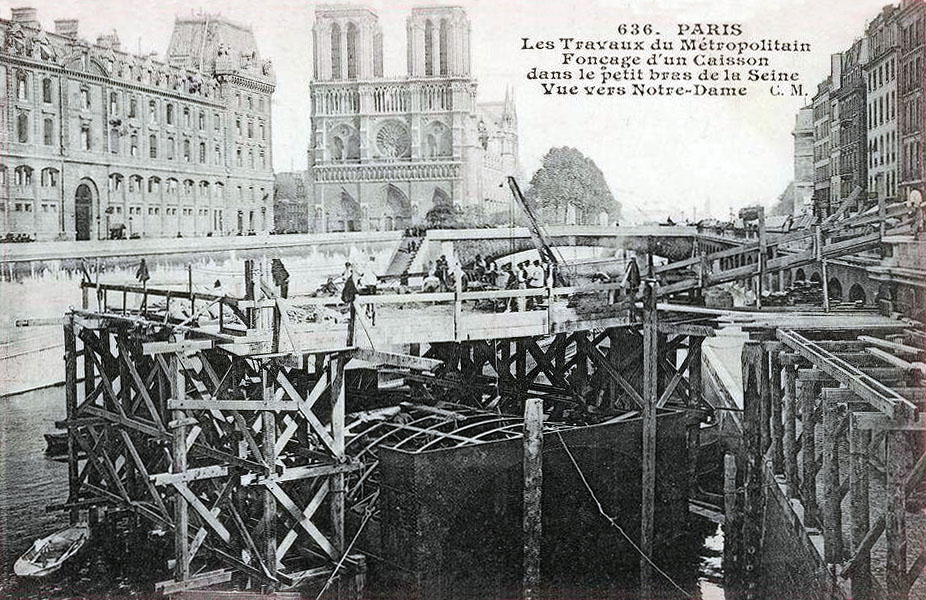
There are five mills still operating on the Seine, this is one of them:
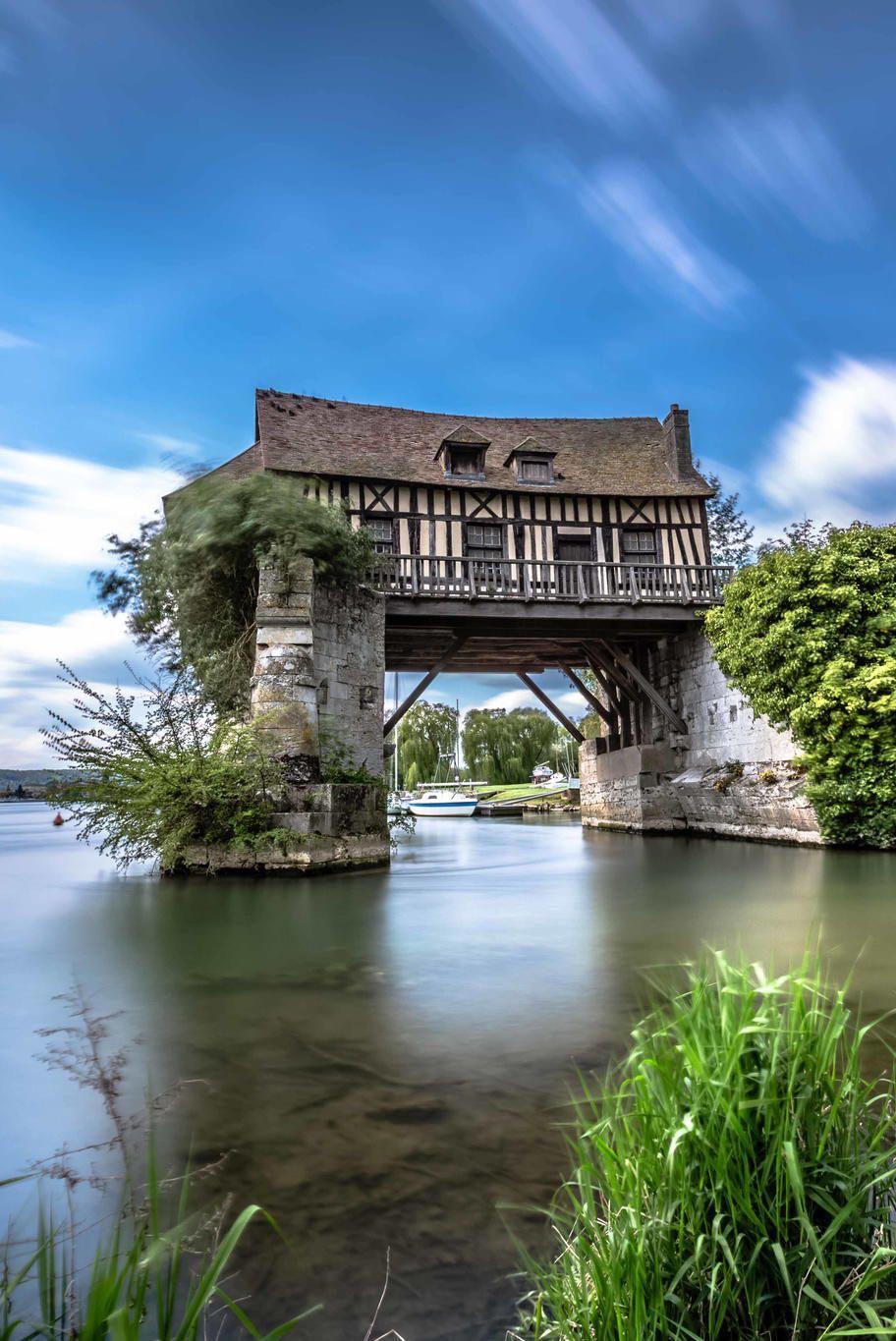
In the 16th century, the Vernon old flour mill was built on top of an existing bridge built by King Philippe in the 12th century that crossed the Seine in the northern region of France. Initially, the bridge had five mills that ground corn. Today, most of the bridge is gone, along with the other mills. Only the Vernon Mill still stands operational along the right bank of the Seine.
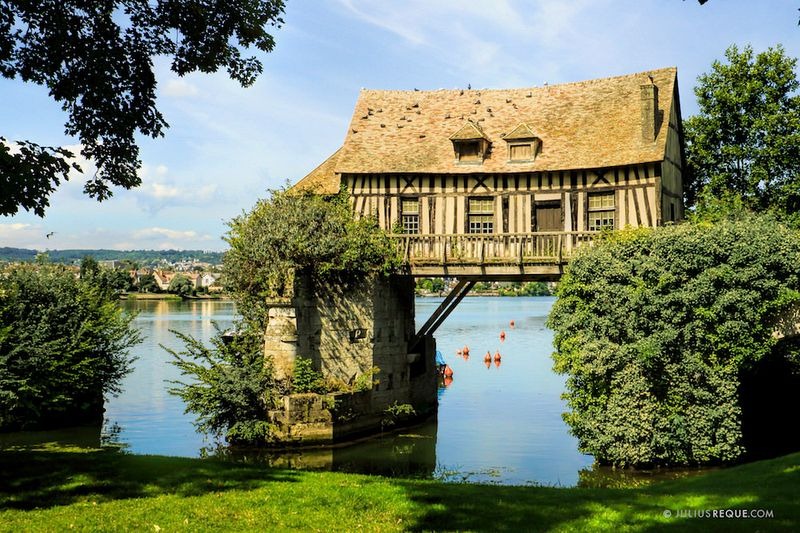
Just FYI, there is a floating psychiatric hospital on the Seine
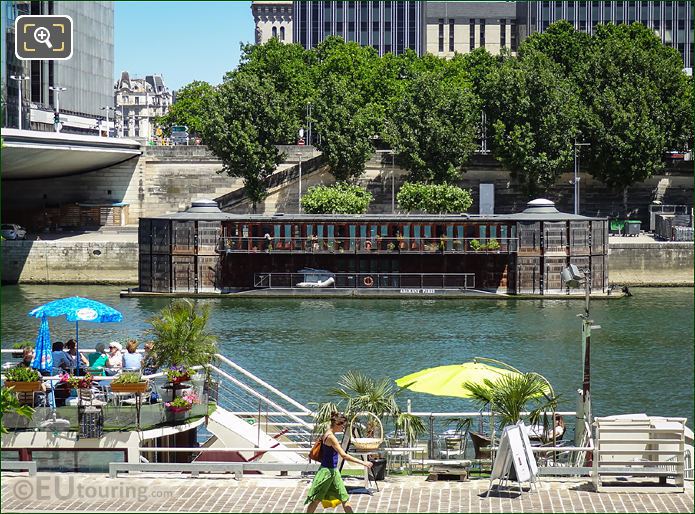
The Hospitaux de Saint- Maurice runs a day center for psychiatric patients in a barge along Ponte Charles de Gaulle. The only floating hospital in the world, it offers treatment for patients with diverse pathologies and focuses on limiting lengthy hospitalizations. Here, the patients can take workshops and treatments in a retreat-like atmosphere in the middle of the city.
There are many more stories along the Seine river, but we hope these few snippets will fuel your curiosity to discover more about it and maybe visit it if you have the chance!



